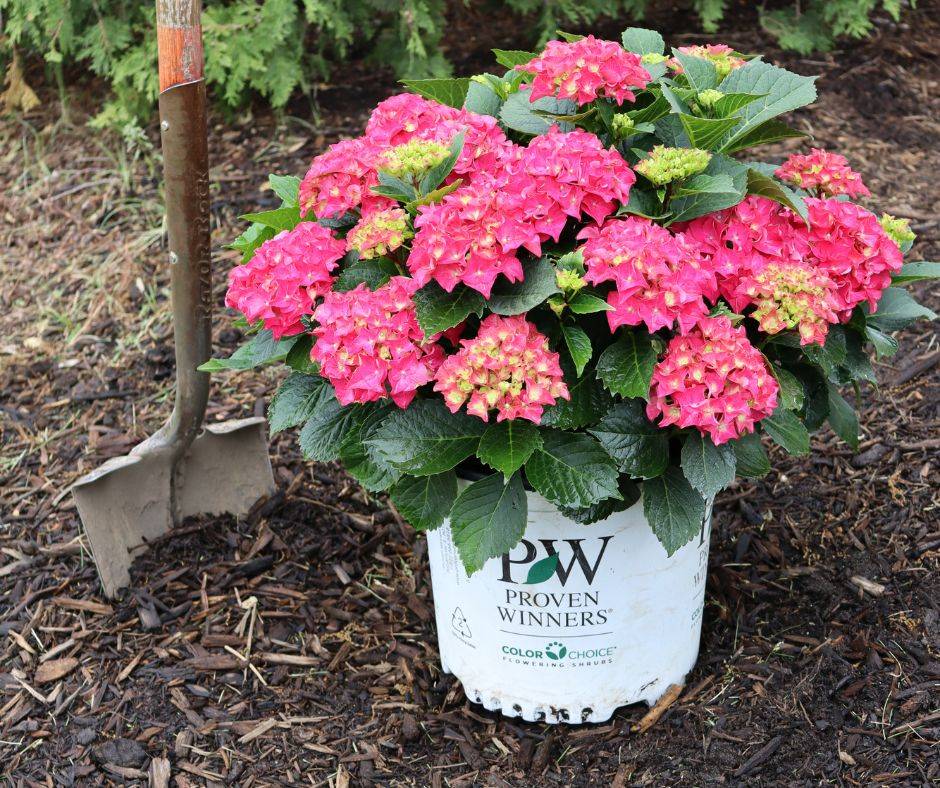How To Plant Hydrangeas In The Fall: 3 Easy Tips

Fall is the best time to plant hydrangeas to ensure these showstopping shrubs grow healthy and strong. When you plant your hydrangeas in the fall, approximately 4-6 weeks before the first frost, this gives them time to establish a healthy root system before dormancy and allows them to follow the course to bloom without disruption in the following spring and summer.
Here, we'll give you three easy-to-follow tips for planting hydrangeas in the fall so you don't have to worry about planting them come spring!
Tip #1. Choosing your location
Planting hydrangeas in early fall is one of the best times because the soil still holds on to warmer temperatures from summer and will remain warm until the first frost. Hydrangeas prefer well-drained loam or sandy loam soil and love to be planted in an area with morning sun and afternoon shade. When determining this location, consider planting in the south end of your garden, as this is where the sun naturally rises, providing that sunlight while cooling off the plant in the afternoon.
Some types of hydrangeas, like bigleaf hydrangea (Hydrangea macrophylla) or mountain hydrangea (Hydrangea serrata), are more susceptible to severe winter damage and are better suited for planting in the spring or summer, so it's a good idea to leave them off of your fall planting schedule. If you live in an area with a mild winter (growing zones 7-9), then fall planting hydrangea Macrophylla should work just fine. Learn more about the best planting time for your type of hydrangea HERE.
Tip #2. Skip the fertilizer & pruning
When planting your hydrangea in the fall, it's important not to encourage too much growth before the first frost. Promoting growth too late in the season will make the plant more susceptible to damage from fluctuating fall temperatures. This is quite the opposite in the spring when new growth is encouraged to bloom during its peak growing season. After planting, skip the fertilizer and let the roots establish. If timed correctly, the hydrangea should only flower or begin rapid growth after it enters dormancy.

Tip #3. Water, water, water
Regular watering for hydrangeas is essential while being established. Watering deeply once or twice a day after planting helps establish a robust root system, which is vital to keeping the hydrangea protected throughout the winter months. Just ensure your soil is well-drained; while hydrangeas are water-loving shrubs, they also get easily waterlogged, which can cause root rot. As soon as the first frost hits, stop your hydrangea watering schedule and let the shrub begin to enter dormancy; if you live where the ground does not freeze, water deeply and infrequently.
